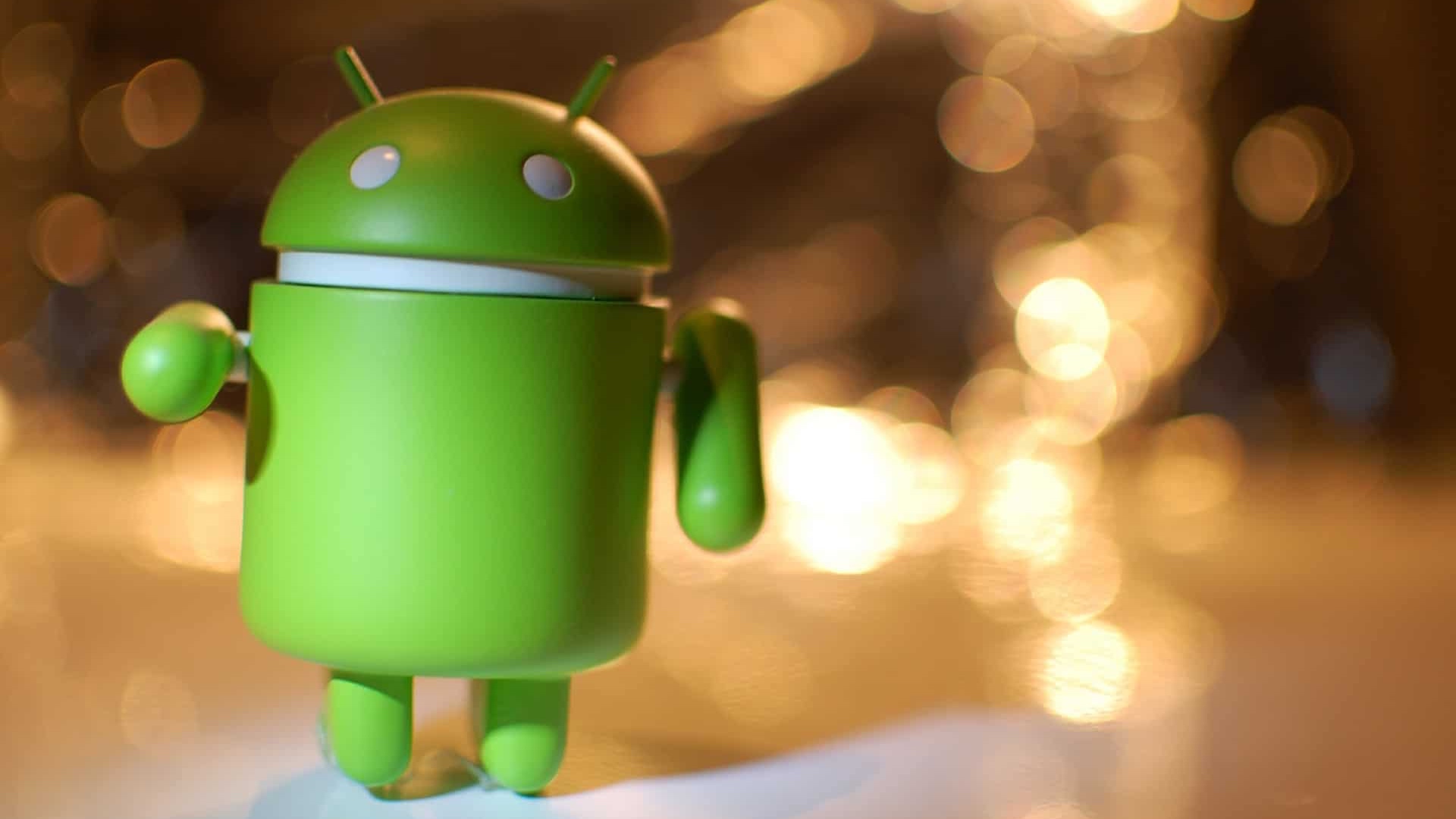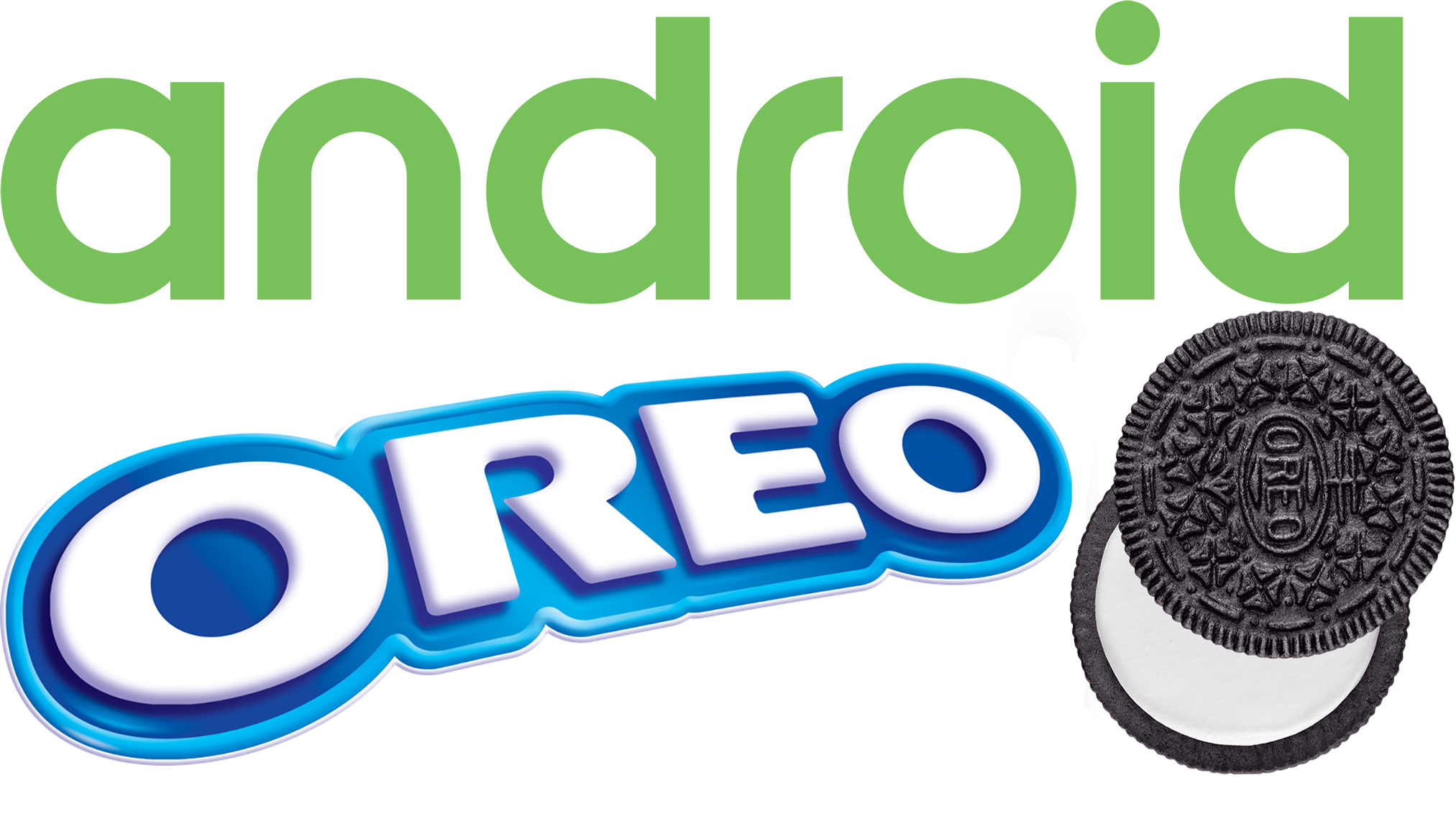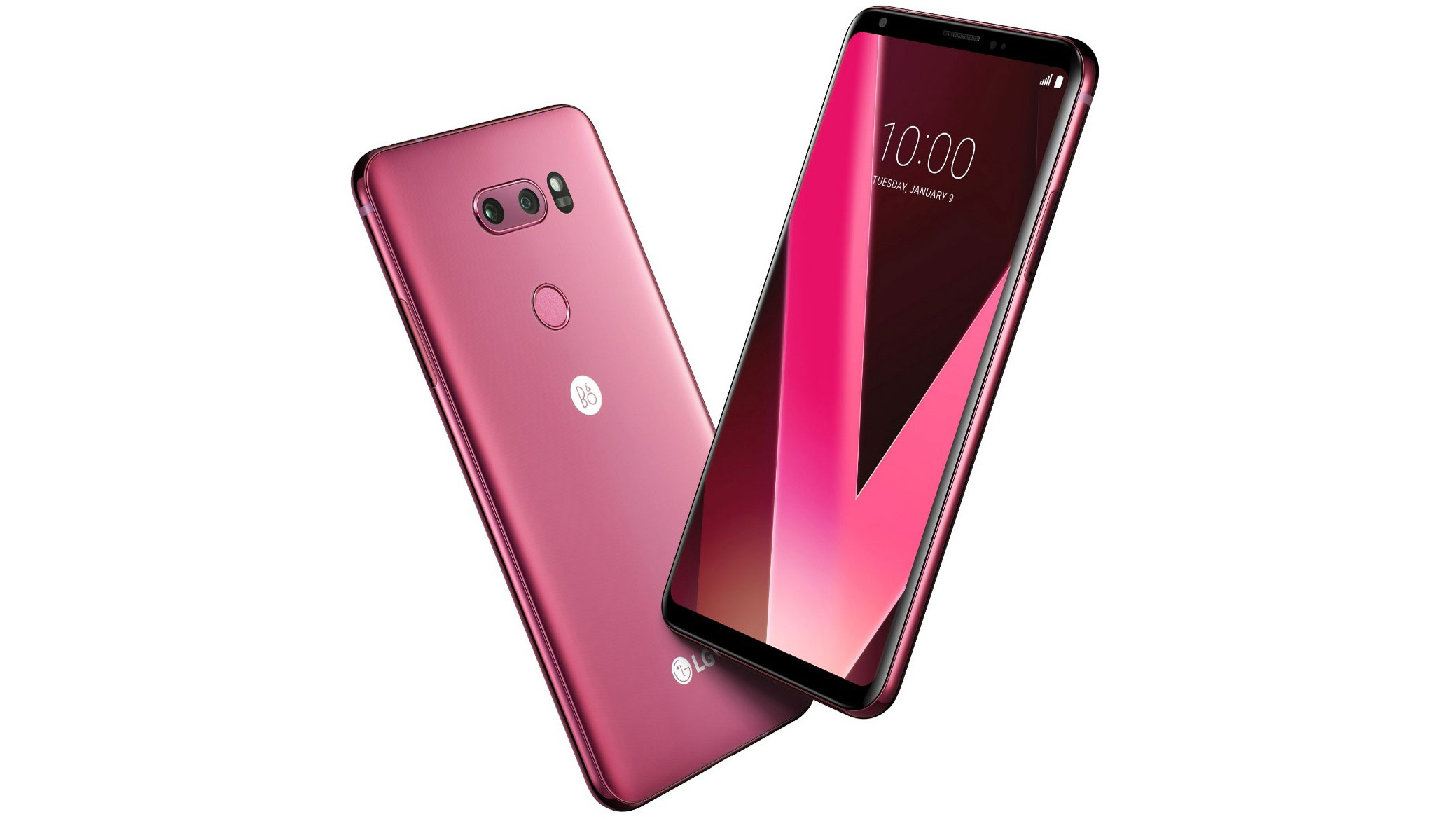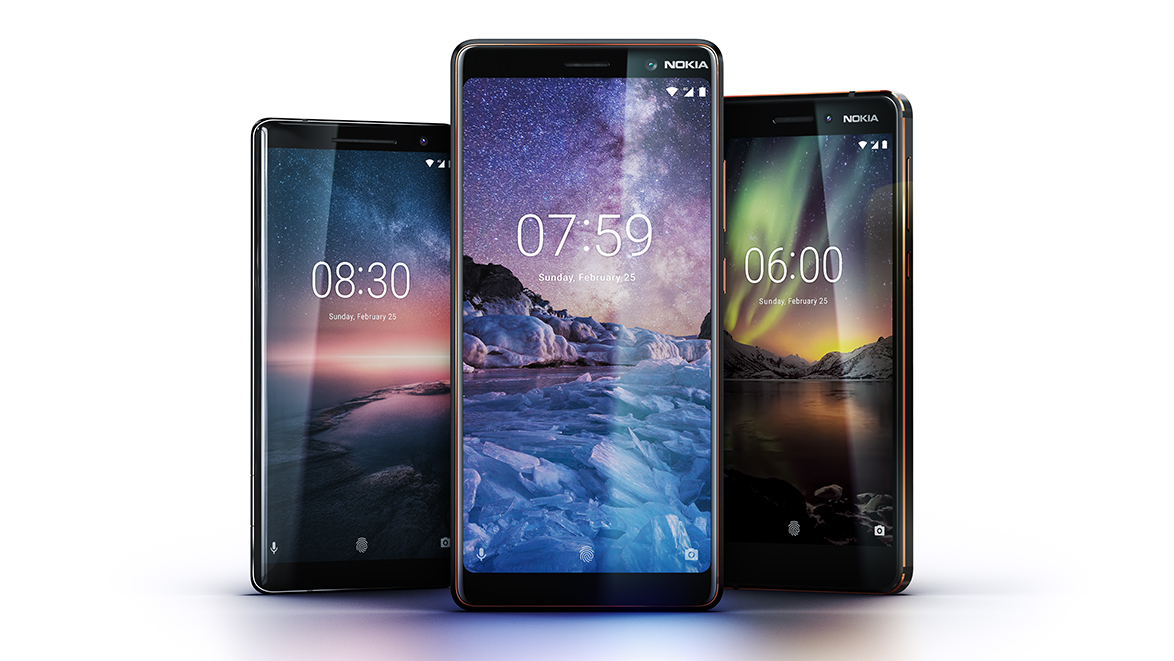Android shows its many sides at MWC 2018
Android everywhere

There haven’t really been too many big surprises at MWC 2018, with Samsung effectively depressing the likelihood of its competitors announcing anything too crazy as the Samsung Galaxy S9 sucks most of the wind out of the already niche European phone fair.
Equally, due to Apple keeping product launches in house on top of the deaths of Blackberry OS and Windows 10 Mobile, almost all the phones on display are running some variant of Android. Google used this moment to tout the growing strength and widening breadth of its brand.

After the news that Samsung, annoyingly, would not be utilising Project Treble – Google’s concerted attempt to separate core Android from supplier and carrier skins – for Oreo as is required under Google’s license, many were expecting the S9 to go the same way.
Fortunately, this has been reported to not be the case, as Oreo, while still featuring the “Samsung Experience” will have Treble compatible Oreo under the hood after all.
The benefits of this are numerous – quicker updates, especially security and feature updates that don’t require changes to the skin. It also allows ROM makers to access clean “bare” drivers that have been missing of late to allow custom (or Stock) versions of Oreo.

Since then a host of initially lower range and spec devices have signed on, namely Motorola, LG, Xiaomi (who released what we consider is the best budget phone on the market right now with the Mi A1) and now, fresh out of MWC, Nokia – who have gone all in Android One with three new devices. Two of which (the Nokia 6 and Nokia 7 Plus) are focused at the same mid-range market and for the first time a flagship – the Nokia 8 Sirocco – to take on the Pixel 2/XL for premium stock Android fans. It’s the third time (and the first since it was sold to new owner HMD Global) that Nokia has staked its future on the software chops of a third party company.
The first – a very weak attempt to adapt its originally popular Symbian interface to the smartphone era, failed almost as soon as it left the gate. The second, a very public and ambitious attempt to leverage its brand to build a struggling Windows Mobile ecosystem, didn’t last long either, mostly due to Microsoft’s failings, which underscored its solid and well-designed hardware releases. HMD Global, after purchasing Nokia’s brand from Microsoft, quickly bundled a rough stock ROM onto some budget releases to get some test models out into the market before it was ready to adapt itself to Android One.
Sign up for breaking news, reviews, opinion, top tech deals, and more.

This strategy isn’t anywhere near as dicey as the Microsoft effort – Android is already enormous, with a very developed ecosystem and a legion of existing users. Nokia is still a very popular and well-known name in mobile and suffered only marginal damage to its brand, especially in its home region of Europe. That puts it in a strong position to strip market share away from LG and Samsung by focusing its efforts on sleek hardware, lower pricing and the popularity of stock Android with timely updates.
Its debut Android offerings have been well received to date, selling 4.4 million units in the last quarter alone and putting it ahead of established player Sony, with Android One support likely to boost those numbers going forward.
The “Windows” effect is not just stopping with One – Google also announced Android Go last year, a lean version of Oreo designed to run on very low spec phones with 1GB of RAM or less and at least 8GB of onboard storage.
Google touted that these devices would feature twice the available storage of a traditional Oreo install, as well as rolling out a range of cutdown Go versions of its popular apps, including Gmail, Youtube, Drive and Maps. Impressively, Google Assistant is also along for the ride. Go devices work in the same manner as One, with at least two years of regular updates from Google, as well as no bloatware or skins.
Popular budget Android makers ZTE and Alcatel as well as Nokia were first cabs off the rank to offer their devices, all featuring 1GB of RAM and between 8-16GB of storage, as well as cut-down cameras and slower CPUs. Google promises that these phones will run significantly better, use less data and storage and will stock the Play store with special third party Go or Lite apps that meet rules set by Google – Skype and Facebook (including Messenger, Instagram and WhatsApp) for example already have apps available on the store that meet these benchmarks.
Officially, Google has developed Go as part of its Next Billion Users program, which is an effort to offer a more consistent and secure experience that sub $100 devices tend to lack – namely updates.
All the devices will be on sale in coming months in both developed (including Australia) and developing territories for on or under US$150, with the ZTE Tempo Go coming in at US$80, the Nokia 1 US$85 and the Alcatel US$120.
Whether Go can perform well at these specs is unknown, however. Unlike One, which is basically just the OS currently running on Google Pixel devices, Go has been built completely from the ground up and used only by developers to date. If successful, this could revolutionise much of the awful low range mobile phone market and provide a solid offering for the less well off, children and backup phones.
We’ll look to get our hands on these new One and Go devices over the coming weeks and months to put them through their paces.